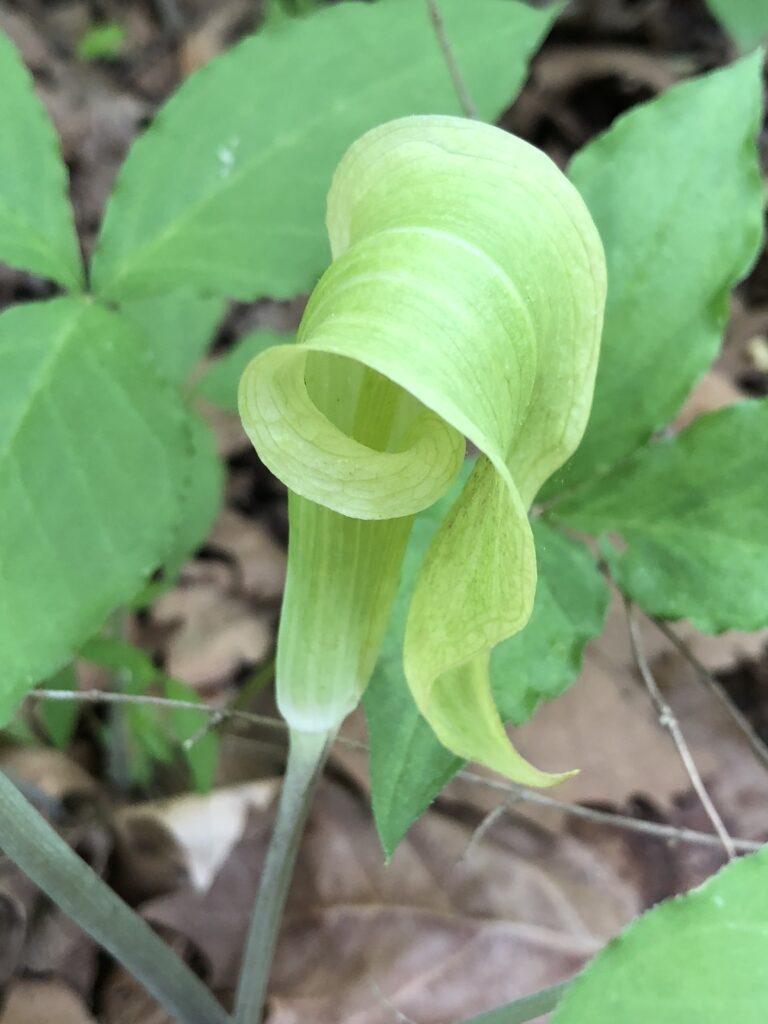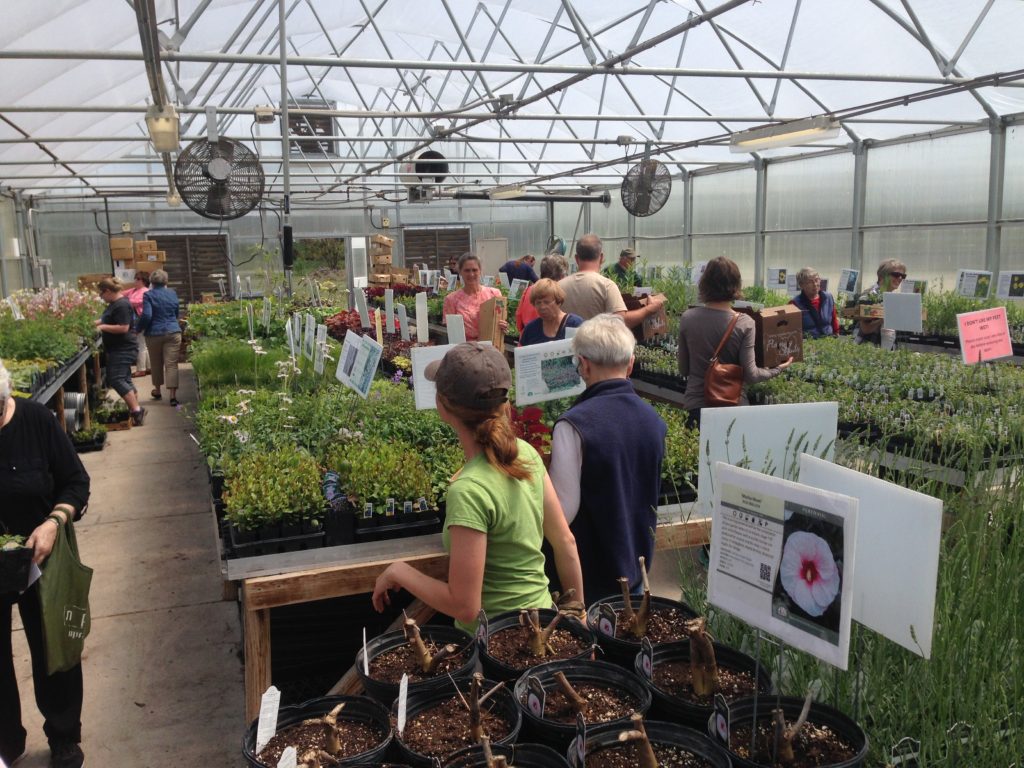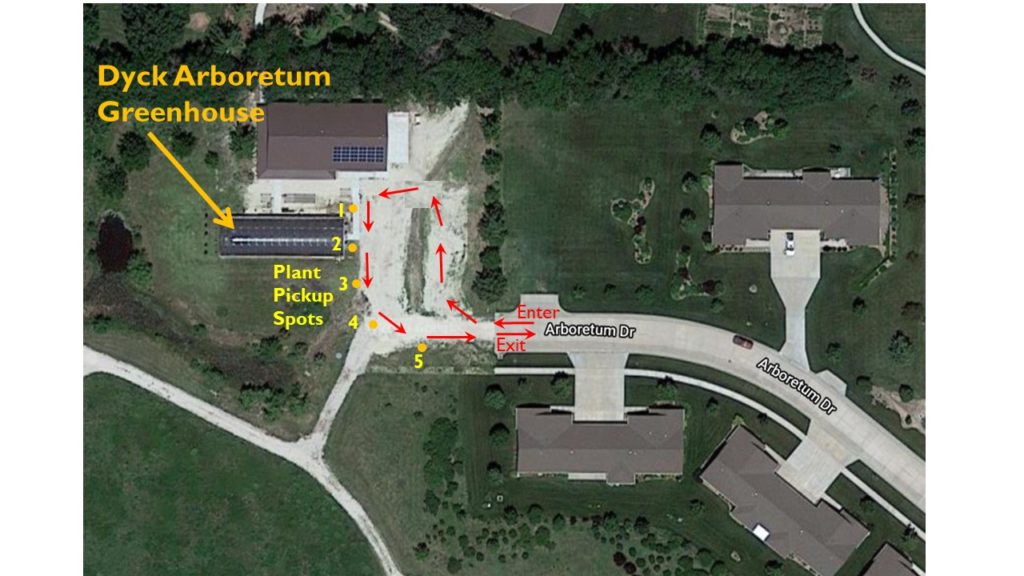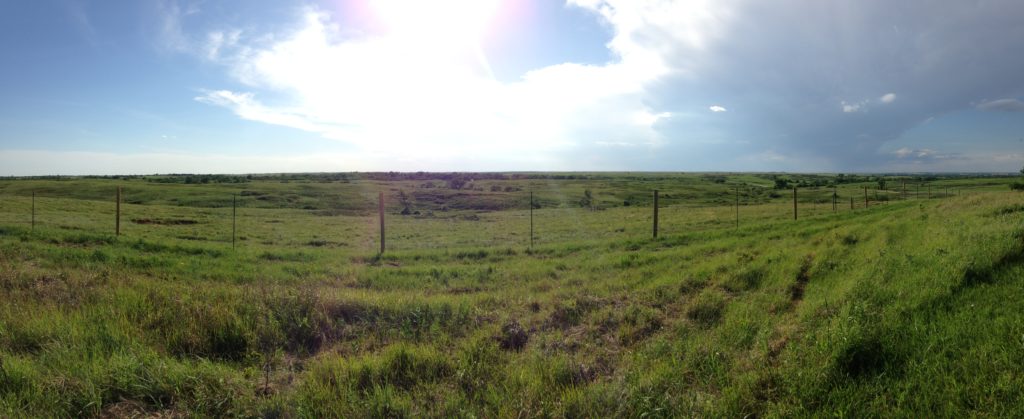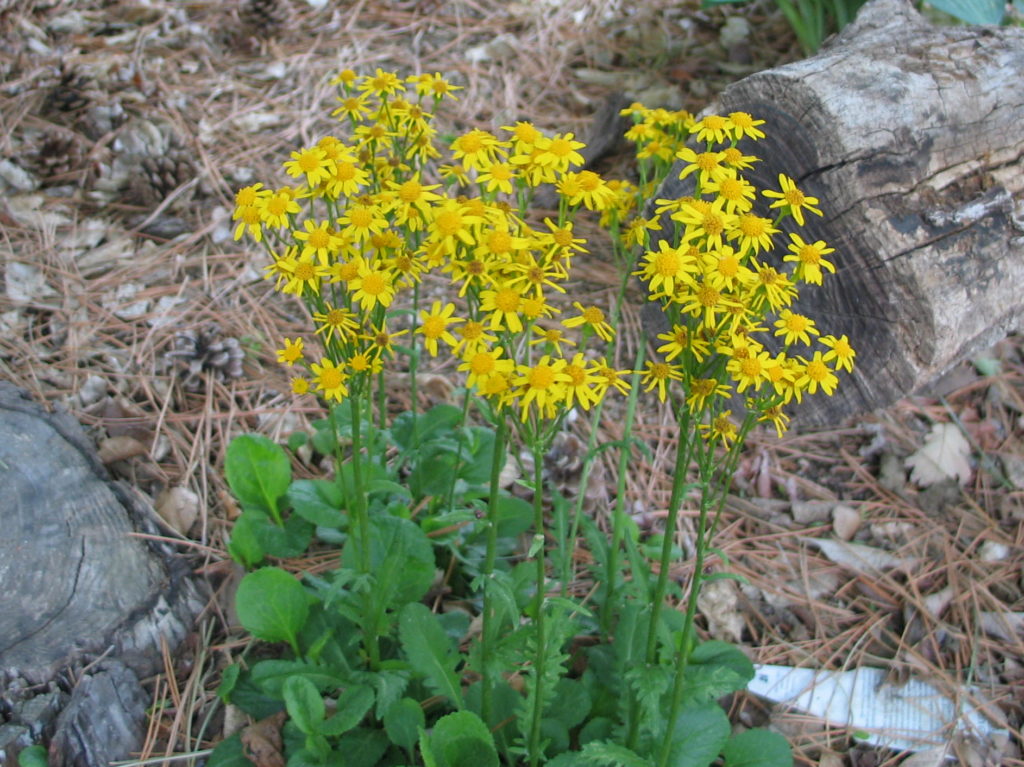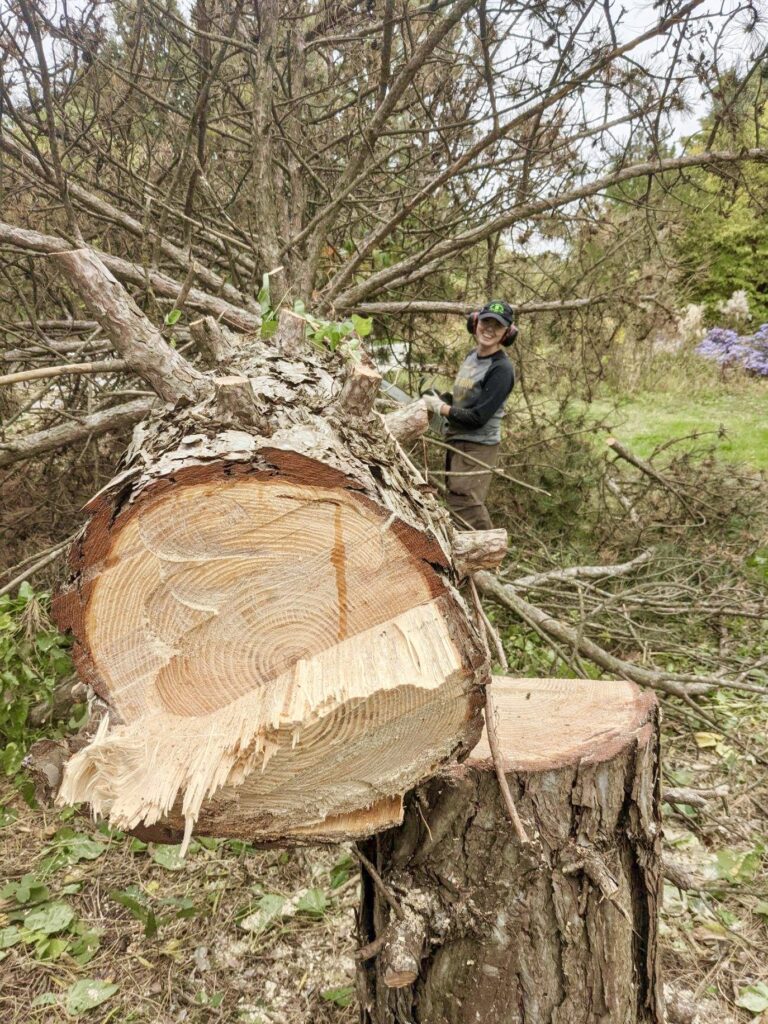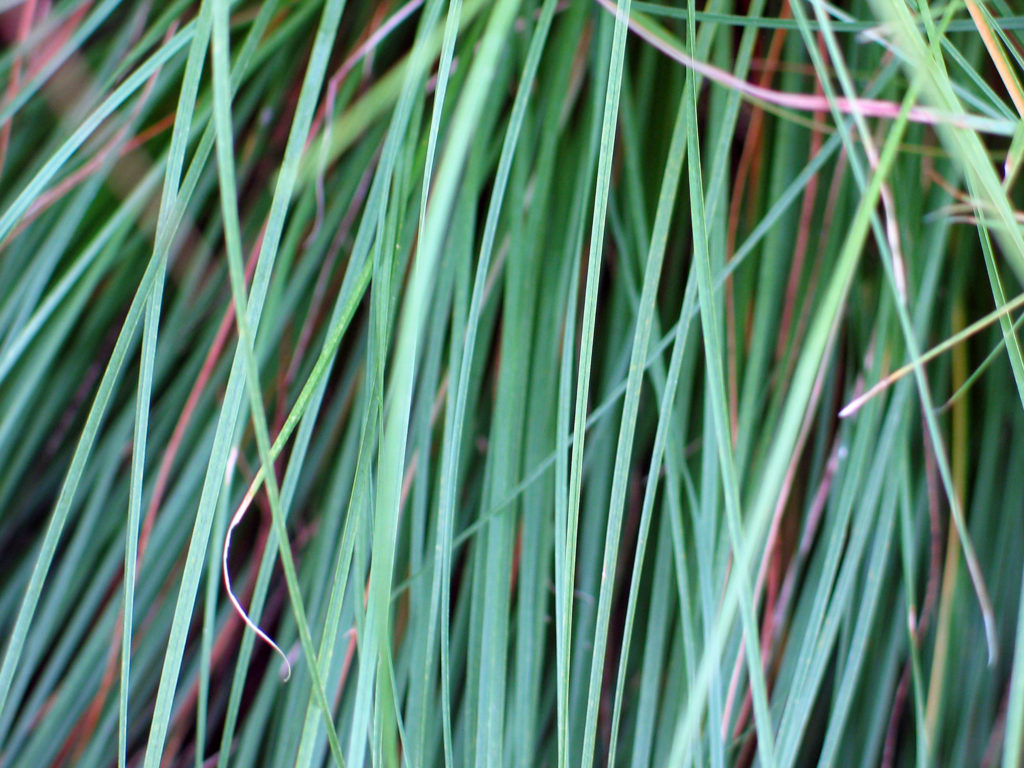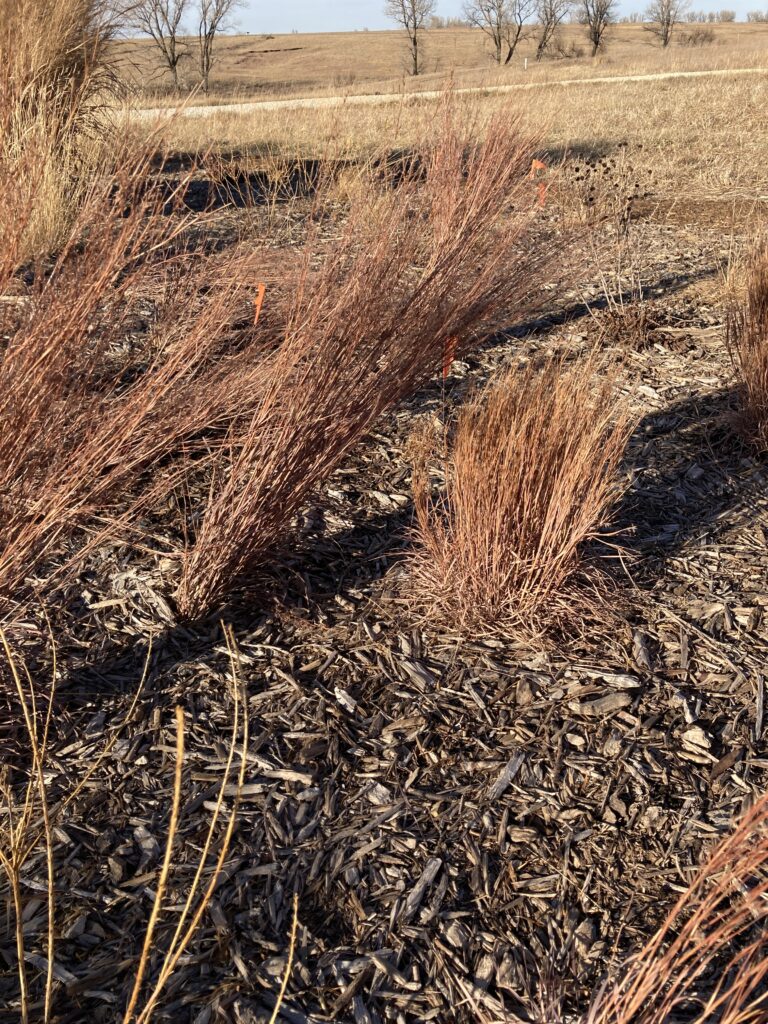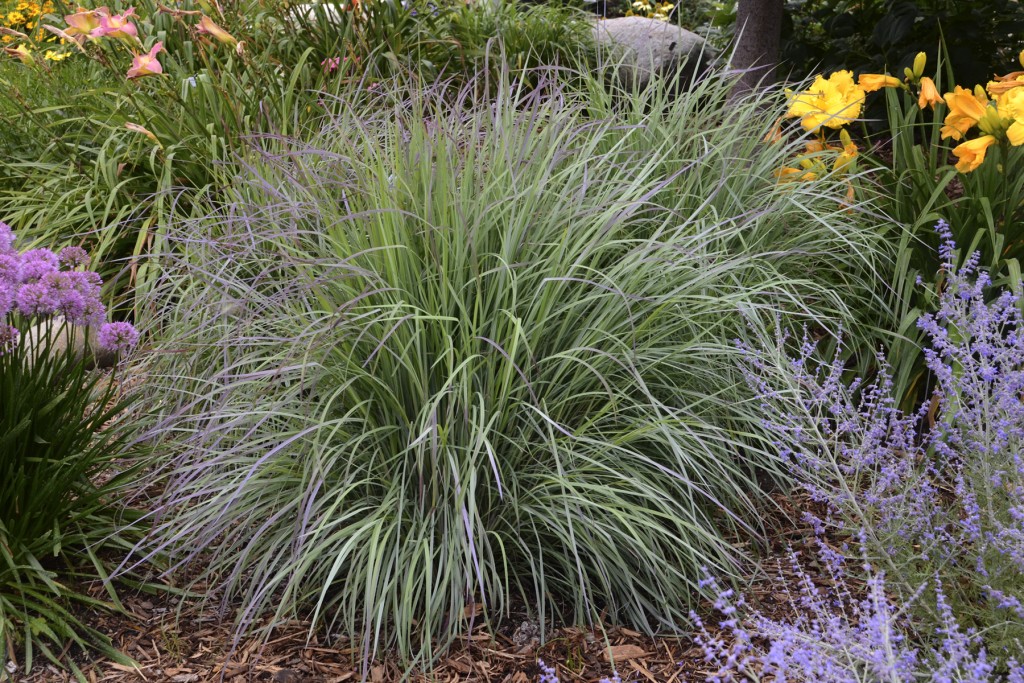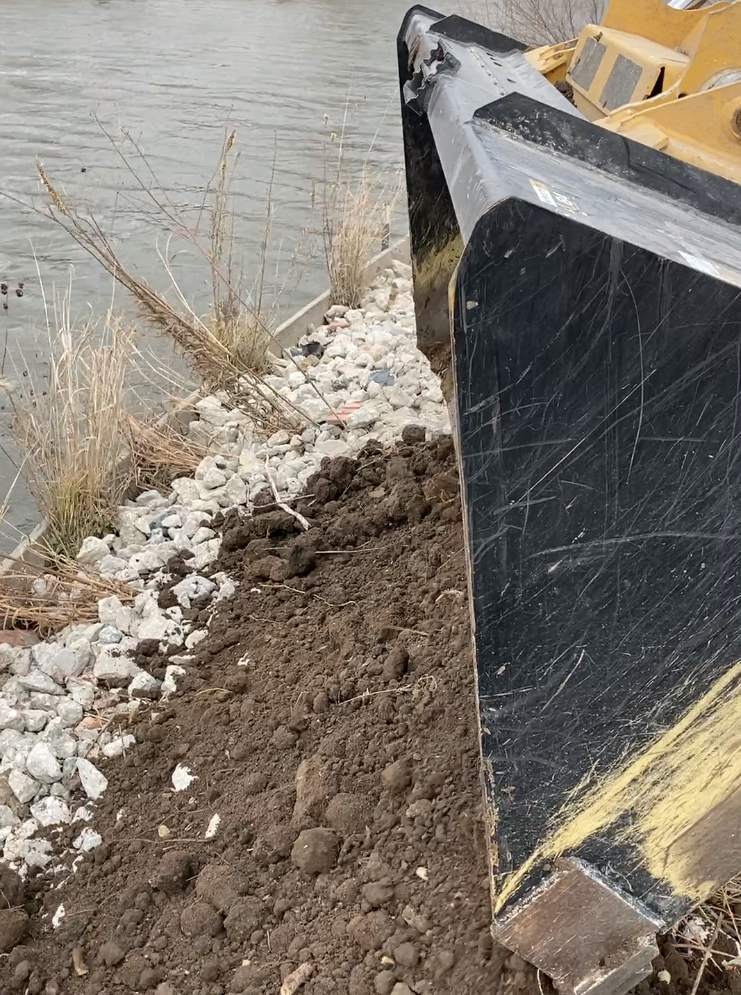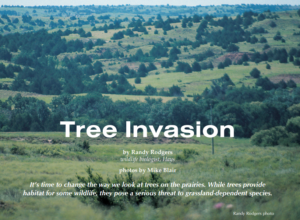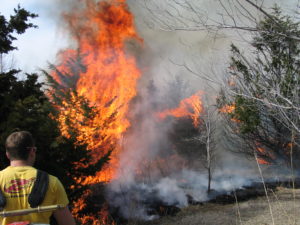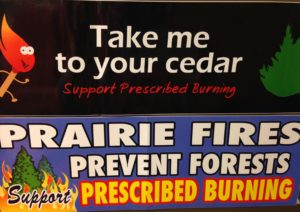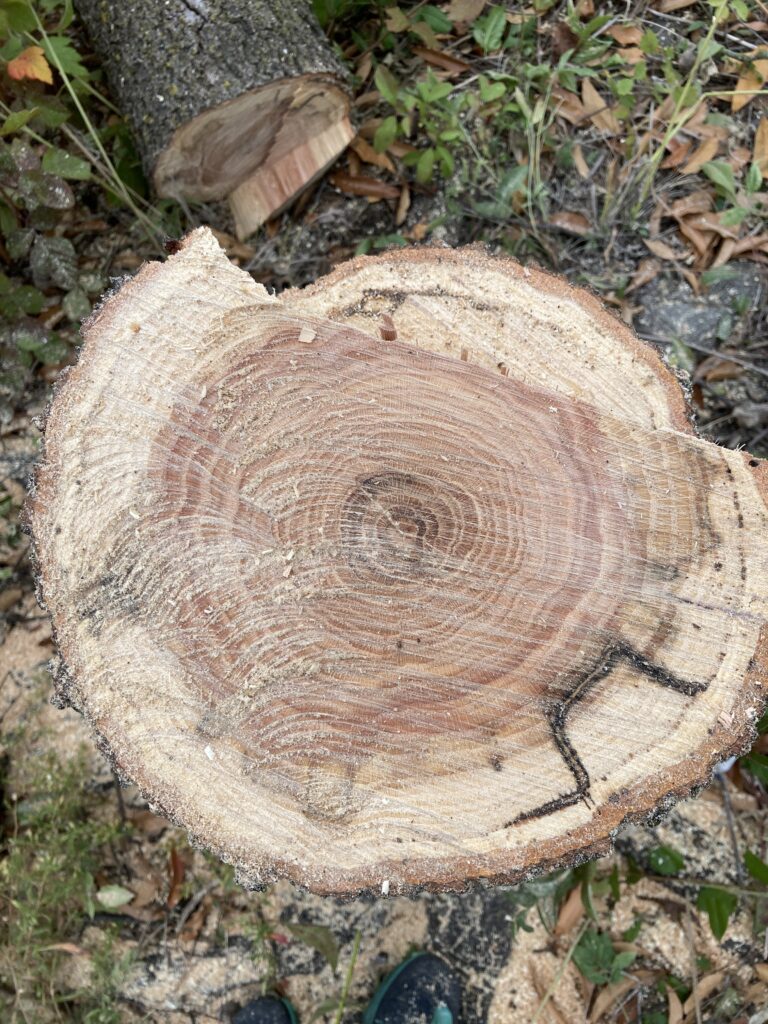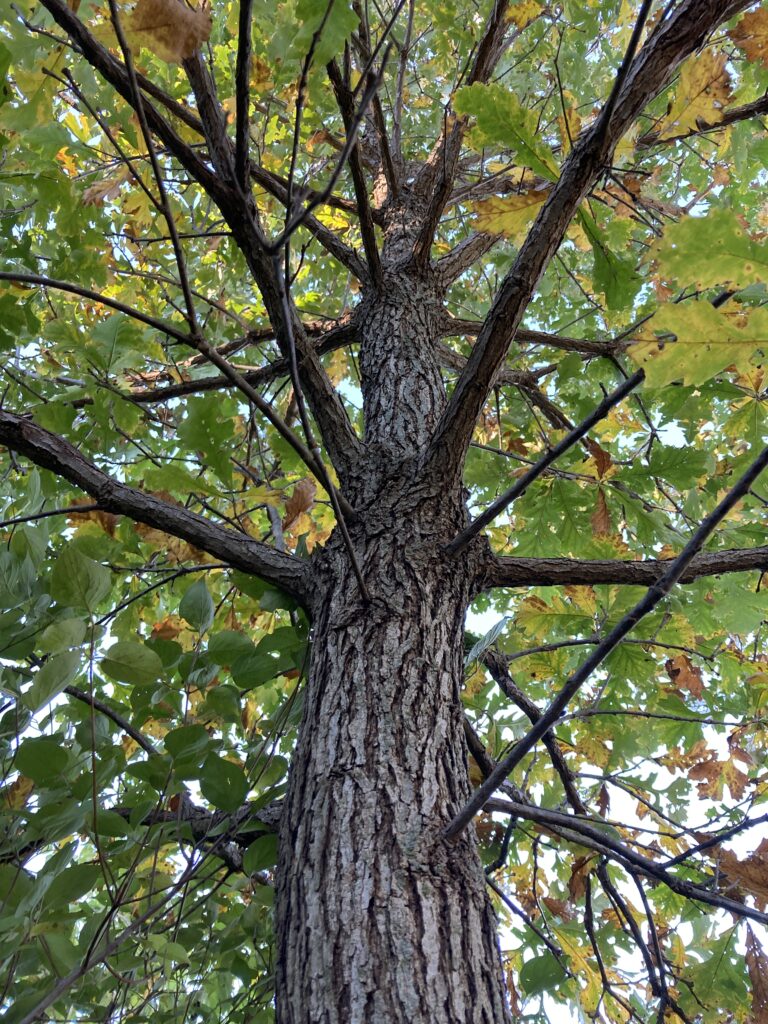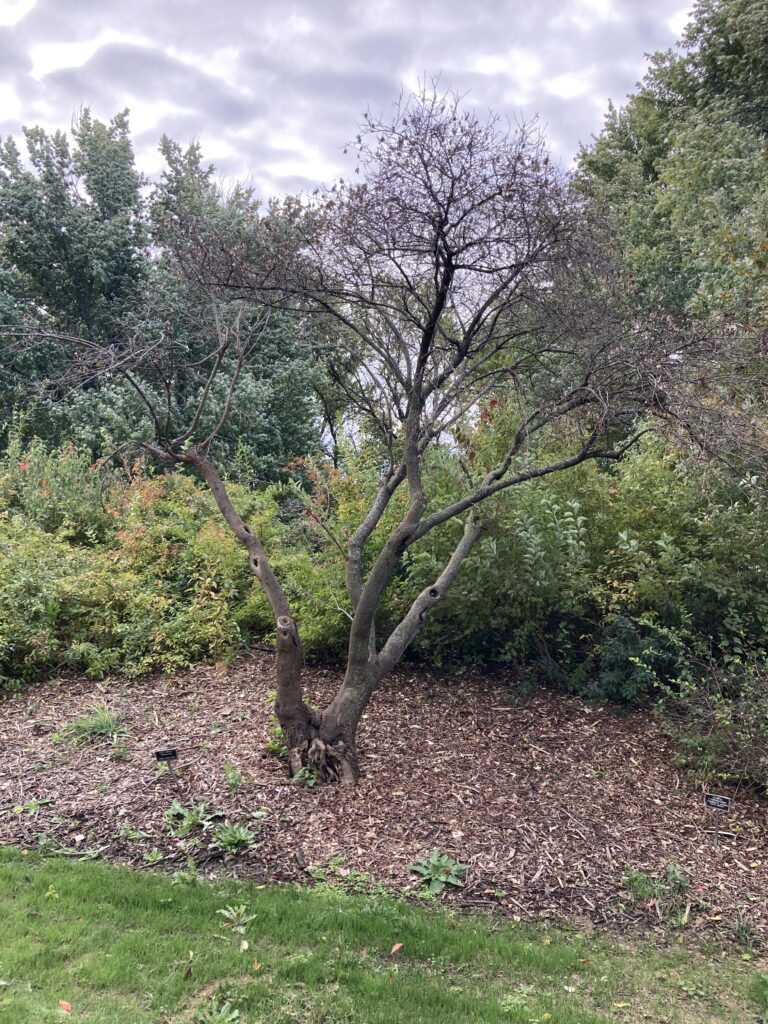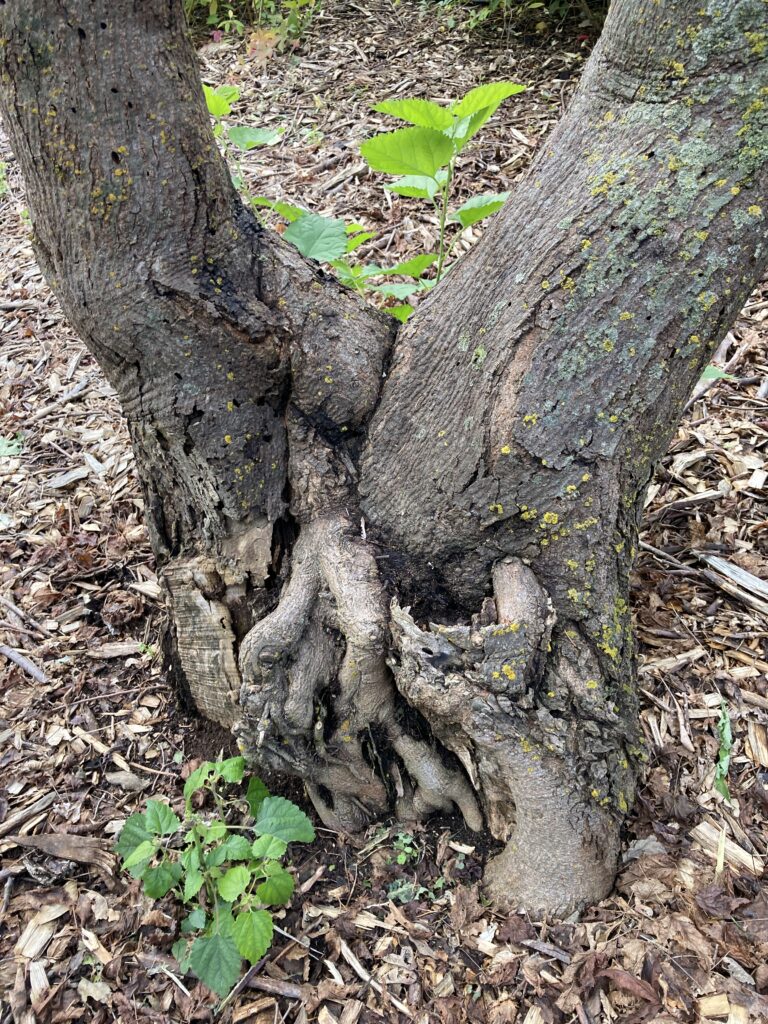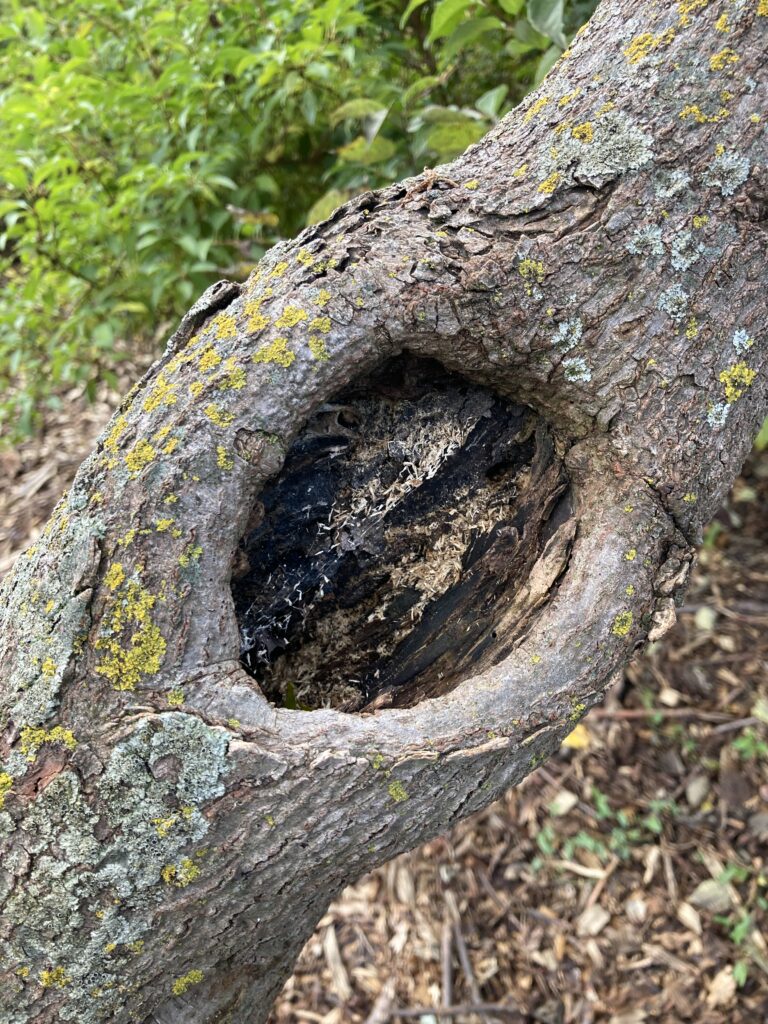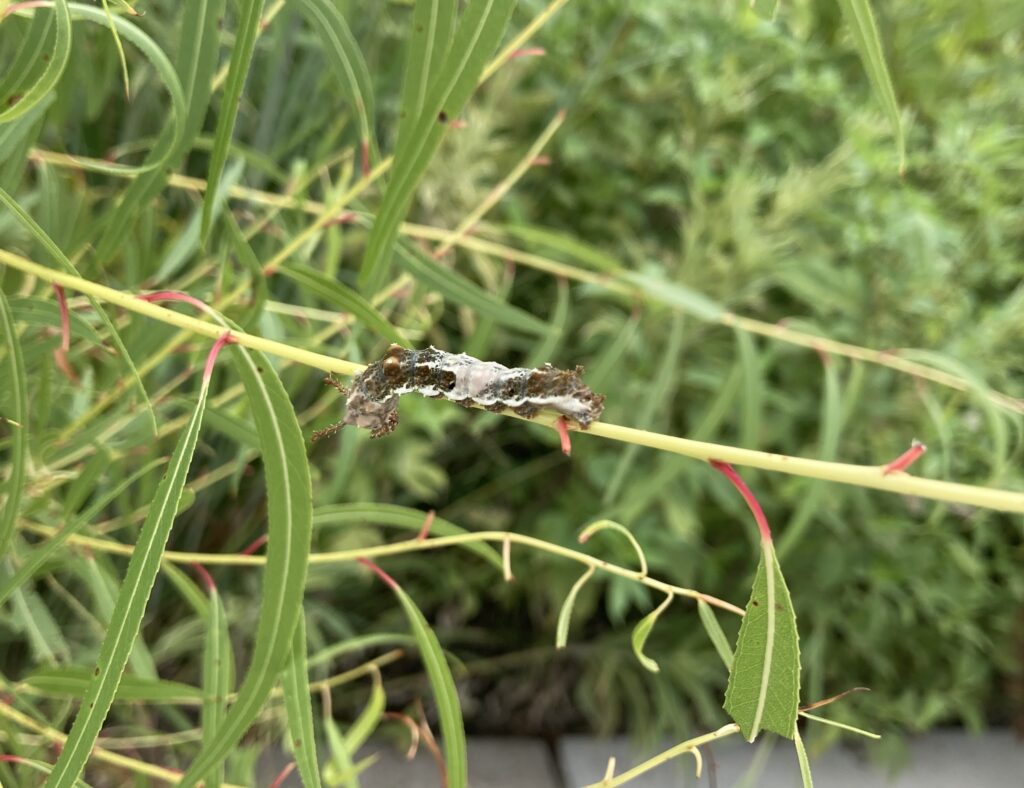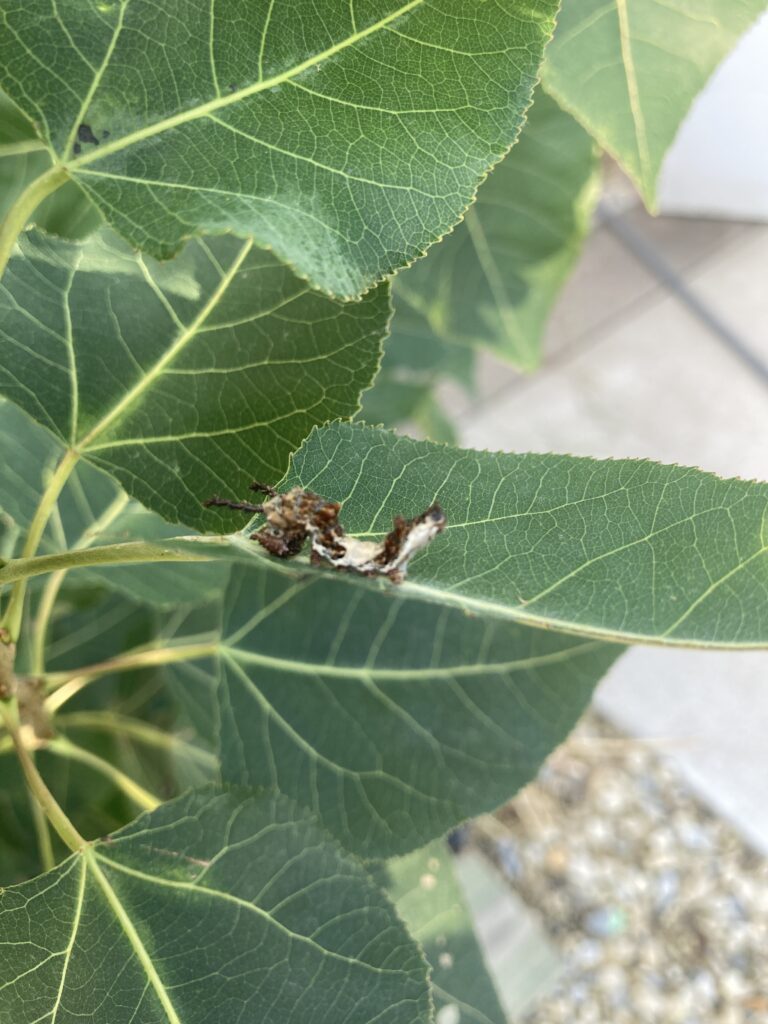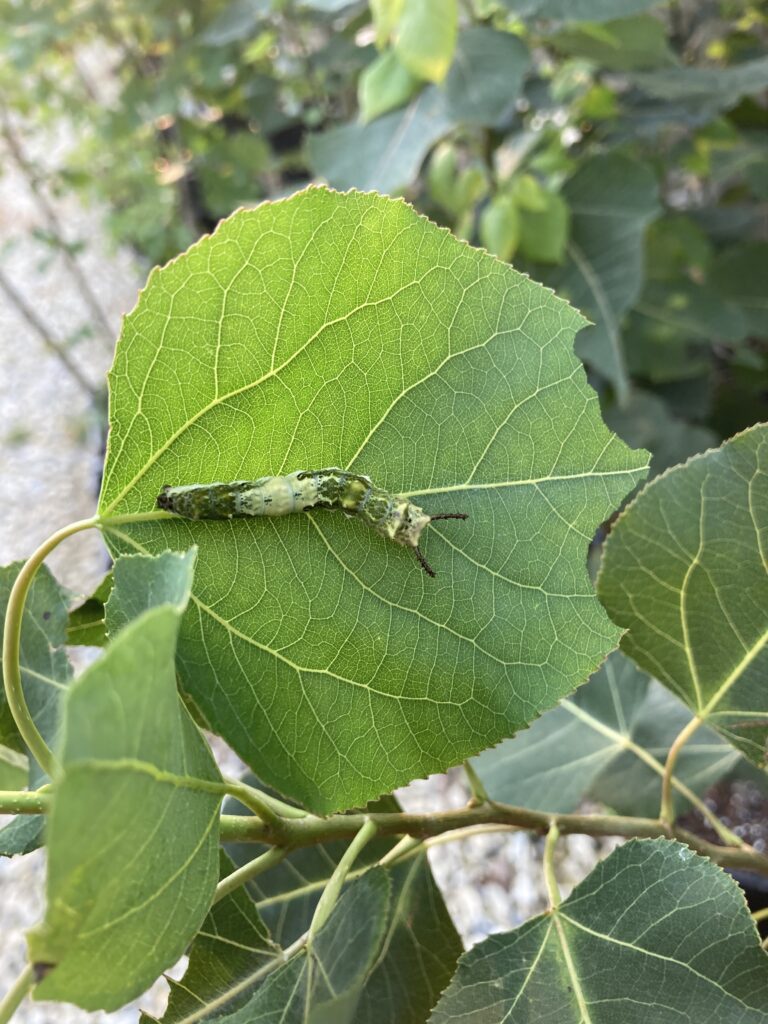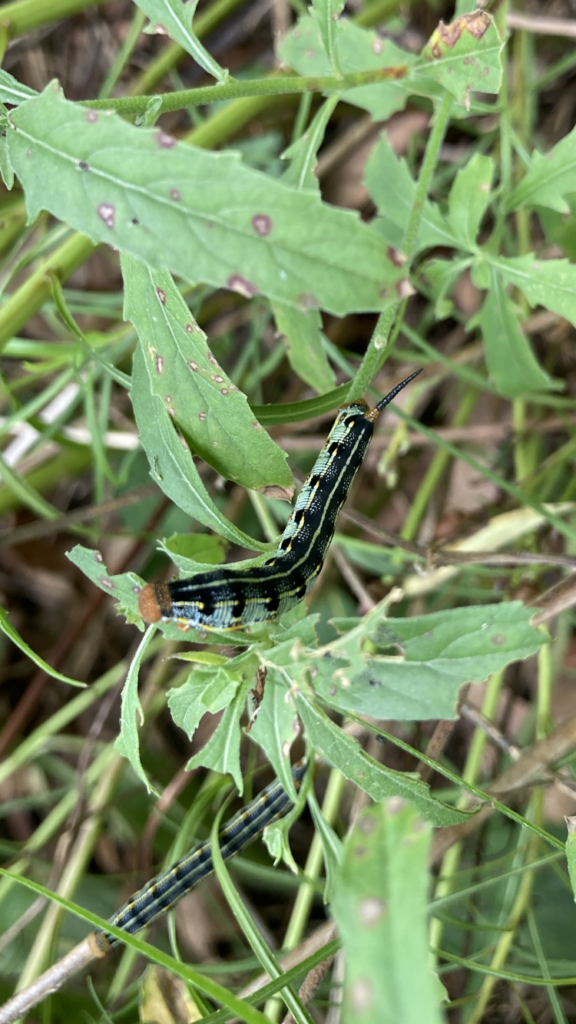Who doesn’t love a perfectly round peony or a deep red rose? While humans are mostly concerned with the aesthetic qualities of flowers, that’s only half the story. The shape, size and color of a flower are less about fashion and more about function, changing over millions of years to be recognized and pollinated by certain methods. Understanding a bit about flower form can help you shop smart when you are trying to create pollinator friendly landscaping.
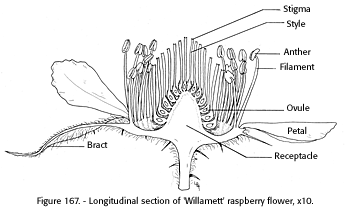
Coevolution
Coevolution is the concept that living things in close proximity to each other affect the characteristics they develop over time. For instance, the length of moth and bee tongues and the length of some tube-shaped flowers in their geographic area are closely related; as one grows or shrinks over thousands of years, so does the other since their positive interactions impact what traits are passed to the next generation. Our prairie plants in the midwest are no different. Liatris, compass plants, sunflowers and grasses all have complex, dependent relationships with native insects and animals. Flowering plants are still changing today, sometimes naturally and other times with a little push by humans.




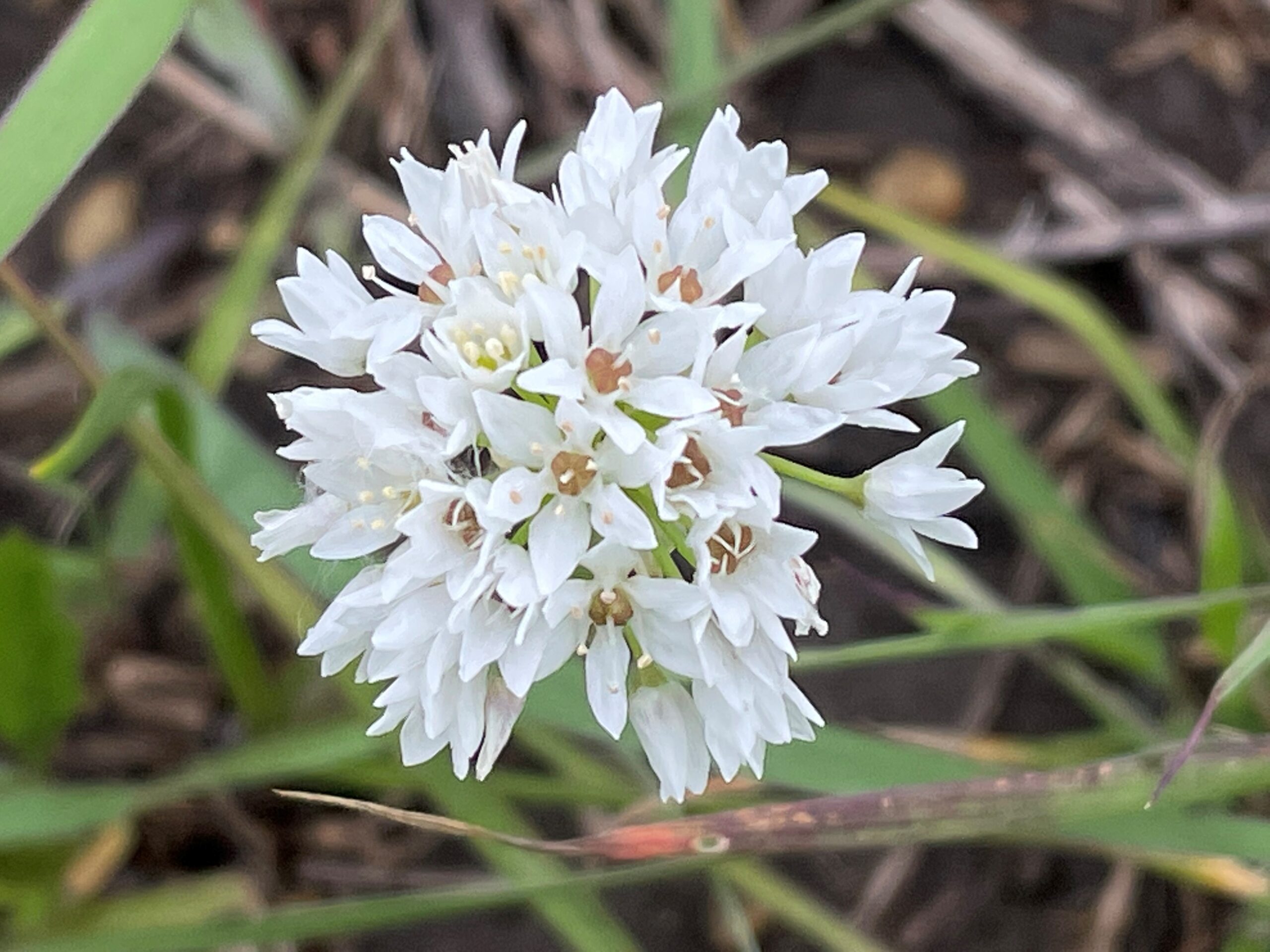


Keeping Your Form
Flower form often determines its function in the environment. Each different flower shape is related to its pollinator mechanism. As mentioned above, tube flowers are a favorite of hummingbirds and long-tongued insects because their mouth physiology matches the shape. With hundreds of variations in shape and arrangement, you can spend years studying them all! As new horticultural varieties of native plants are introduced into the garden center, it is important to know what the original form and function of the flower was to be sure it is still serving that purpose even after hybridization.
Breeders hope to make more native plants commercially accessible to the public and to create reliable performers in the garden. But sometimes the changes they make (either through seedling selection or via hybridization) can be detrimental to flower form or leaf palatability, which decreases its usefulness in the ecosystem.

Hybridization
In plants, natural hybridization leads to new characteristics and creates genetic diversity. Humans can hybridize plants by transferring pollen from a plant of interest (say, an especially delicious tomato) with another plant of interest (perhaps a tomato with exceptional vigor). The seeds produced from that cross would be a new, genetically unique plant that hopefully has both of the aforementioned traits. This is not new, and has been happening since Gregor Mendel’s time!
Man-made crosses can lead to higher yields or increased drought tolerance, but they also have their downsides. Cultivars (cultivated varieties) can solve many tricky garden problems but sometimes have decreased ecosystem functionality. Try to shop for plants closely resembling their parent plant in the important categories: flower shape, color, and leaf color. Early research suggests that selections with increased drought tolerance, plant height, and other factors aren’t as influential to pollinators as the flower and leaf changes.

How to keep it all straight?
You don’t have to be a botany expert to make good choices. When buying some of the commercially available cultivars/varieties/hybrids, simply try to choose ones closest to their wild parent in appearance. If the flowers are doubled, or a wildly different color than is naturally occurring, that should be a red flag. We can all keep educating ourselves about the pros and cons of cultivars while still enjoying manageable and well-planned native gardens. Planting native trees, shrubs and perennials in your landscape increases the genetic diversity and ecosystem function of your neighborhood. It is worth the extra work, and learning along the way will make the native garden experience even more rewarding!


